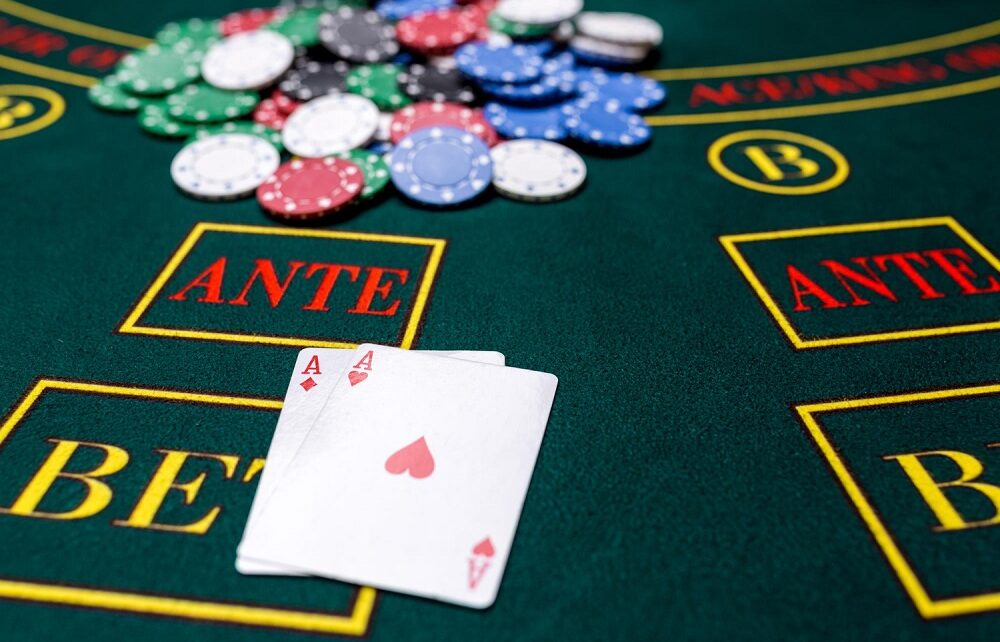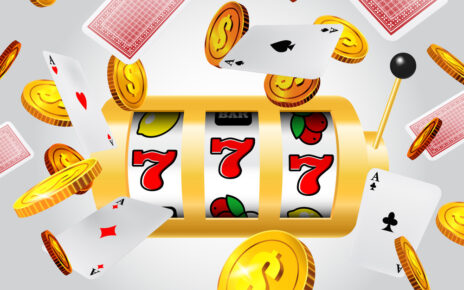When entering a casino and taking a seat at the blackjack table, the practice of “card counting” may appear intricate and enigmatic. Contrary to common belief, card counting is not merely about rote memorization of cards. It entails a strategic approach that can potentially provide an advantage against the casino. By grasping the fundamentals of card counting, players can enhance their understanding of the game and make more informed decisions during gameplay.
History of Card Counting
Card counting in blackjack has a historical significance that traces back to the 1950s, when mathematicians such as Edward Thorp devised strategies to gain an advantage over casinos. These early innovators established the groundwork for contemporary card counting methodologies.
As casinos introduced measures to deter advantage players over time, the practice of card counting has undergone adaptations. Despite these challenges, adept players persist in refining their techniques to maintain an edge.
The history of card counting encompasses tales of both success and controversy, influencing the landscape of blackjack gameplay today. Examining this historical narrative offers valuable insights into the strategic complexities of the game and the enduring rivalry between players and casinos.
How Card Counting Works
Understanding the mechanics of card counting in blackjack is crucial for players looking to employ this strategy. Card counting revolves around tracking the cards dealt to gauge the ratio of high to low cards remaining in the deck.
High cards, such as 10s, face cards, and Aces, are advantageous for players, whereas low cards (2-6) favor the dealer. Assigning a value to each card, like +1 for low cards and -1 for high cards, allows players to mentally calculate the “count” and determine if the deck is favorable.
This information empowers players to adjust their betting and playing strategies strategically, enhancing their odds of success in blackjack.
Legality of Card Counting
Card counting is a strategic method often discussed in the context of blackjack. Legally, card counting itself isn’t considered illegal, but casinos have the authority to deny service or bar players suspected of engaging in this practice. In some jurisdictions, using electronic devices to assist in card counting is prohibited by law. However, the manual tracking of cards mentally is typically allowed.
Casinos closely monitor players for any indications of card counting, as it can provide players with an edge over the house. While card counting isn’t against the law, players should be mindful of casino regulations and the potential repercussions if they’re caught employing this strategy. Some casinos offer only multi-deck blackjack to make card counting less reliable and not outright banned.
Popular Card Counting Systems
When exploring blackjack strategy, understanding popular card counting systems can significantly improve your gameplay. One widely recognized system is the Hi-Lo strategy, where cards are assigned values of +1, 0, or -1. This system involves subtracting 1 for high cards and adding 1 for low cards.
Another commonly used system is the KO (Knock-Out) system, which simplifies counting with values of +1, 0, or -1 similar to the Hi-Lo system but without requiring true count conversion.
The Omega II system is more intricate, assigning different values to cards from +1 to -2. Each of these systems varies in complexity and effectiveness in providing an advantage at the blackjack table.
Tips for Successful Card Counting
Maximizing your success in card counting involves a combination of focused practice and strategic decision-making. To improve your card counting skills and increase your chances of success in Blackjack, consider the following practical tips:
-
Regular Practice: Consistent practice is essential to enhance your speed and accuracy in card counting techniques.
-
Maintain Composure: Stay calm and maintain focus at the table to minimize errors while counting cards.
-
Start with Simple Systems: It’s recommended to begin with simpler card counting systems before progressing to more complex methods.
-
Effective Bankroll Management: Properly managing your bankroll is crucial to withstand fluctuations in your wins and losses.
Conclusion
Understanding card counting in blackjack allows players to strategically enhance their gameplay at the casino. By keeping a tally of high and low cards, players can adjust their bets and decisions to potentially gain an advantage over the house. Consistent practice and concentration are essential for successful card counting. Remember to approach this technique methodically to improve your odds of winning at the blackjack table.




